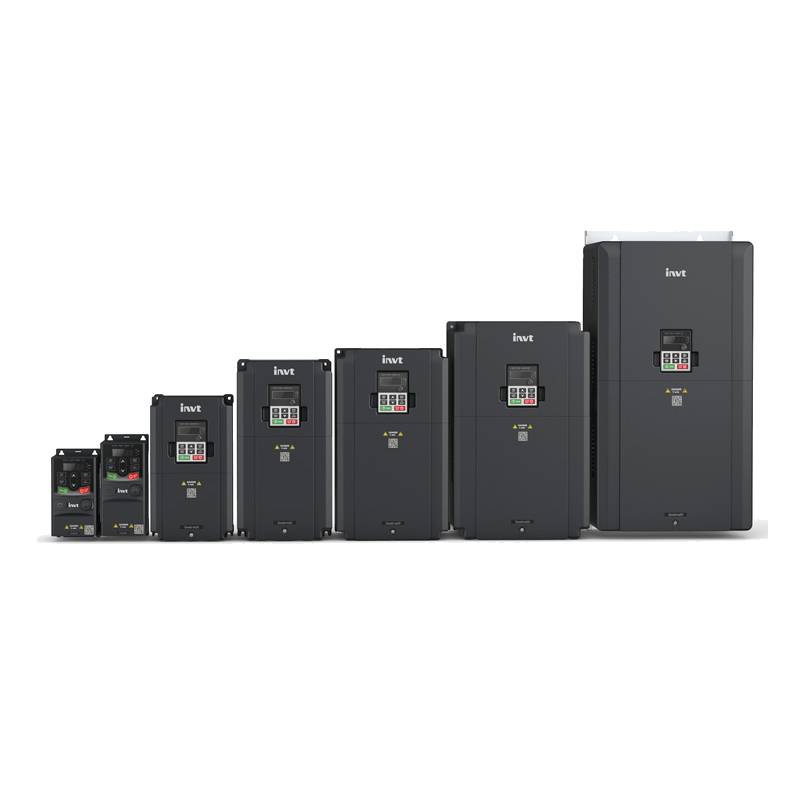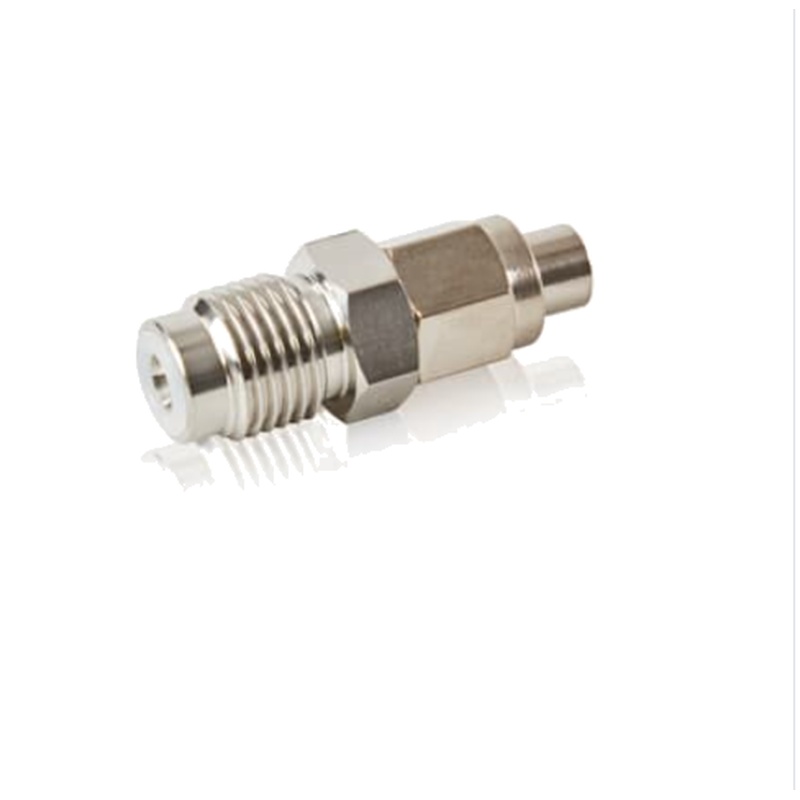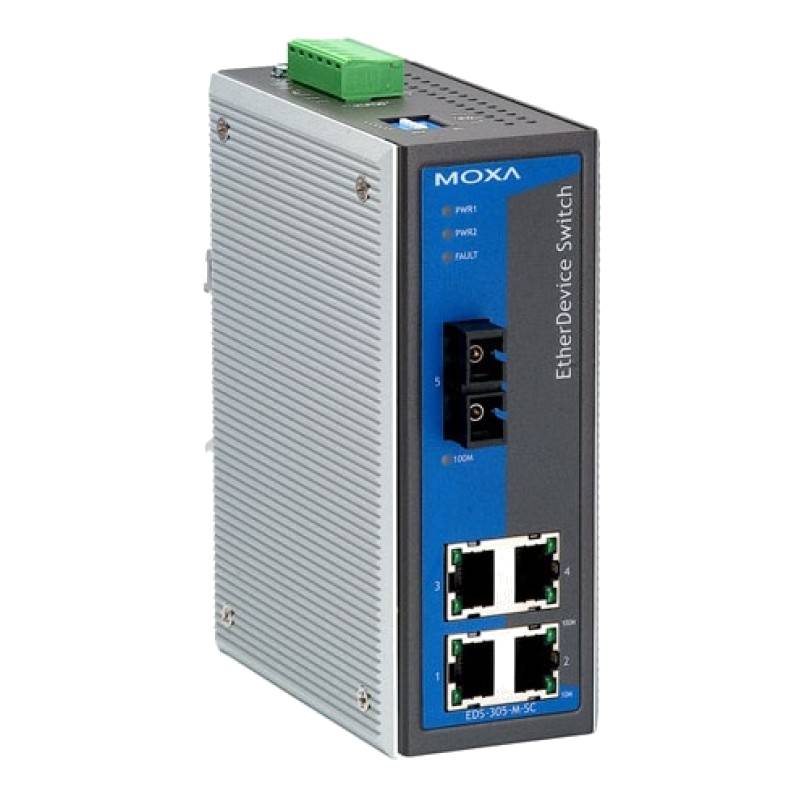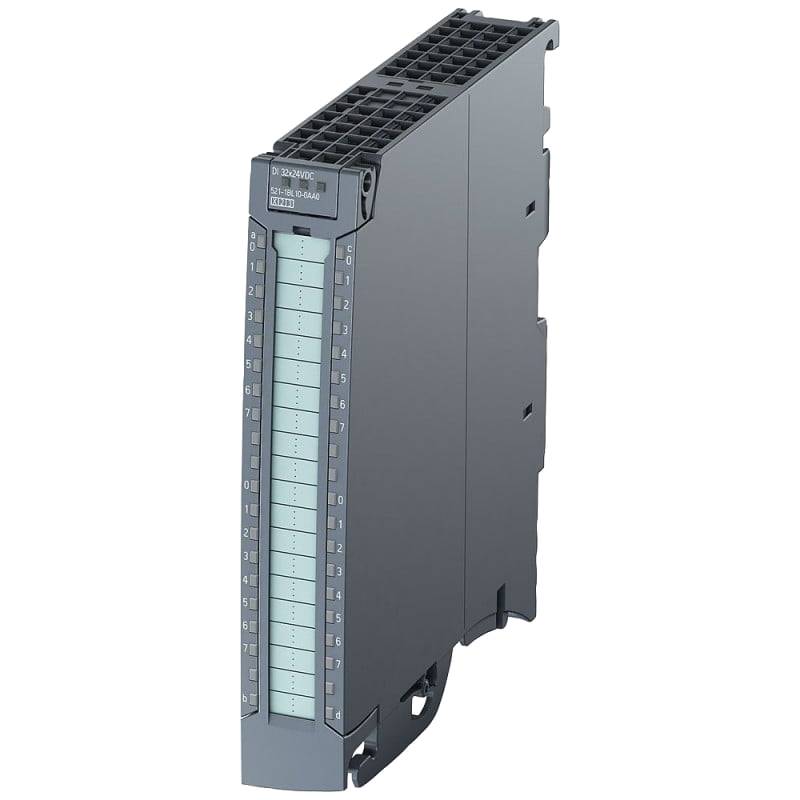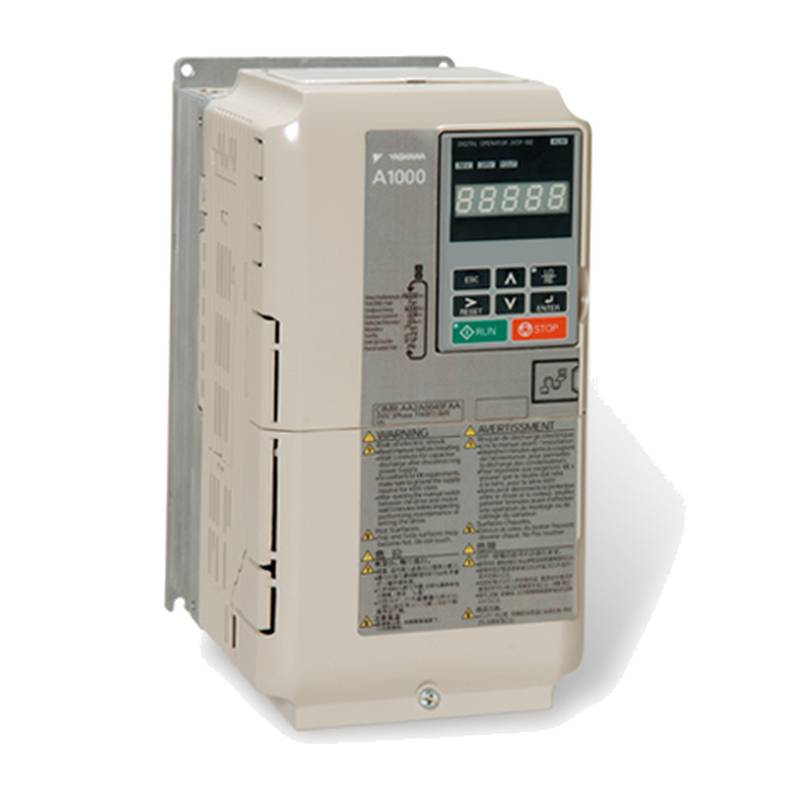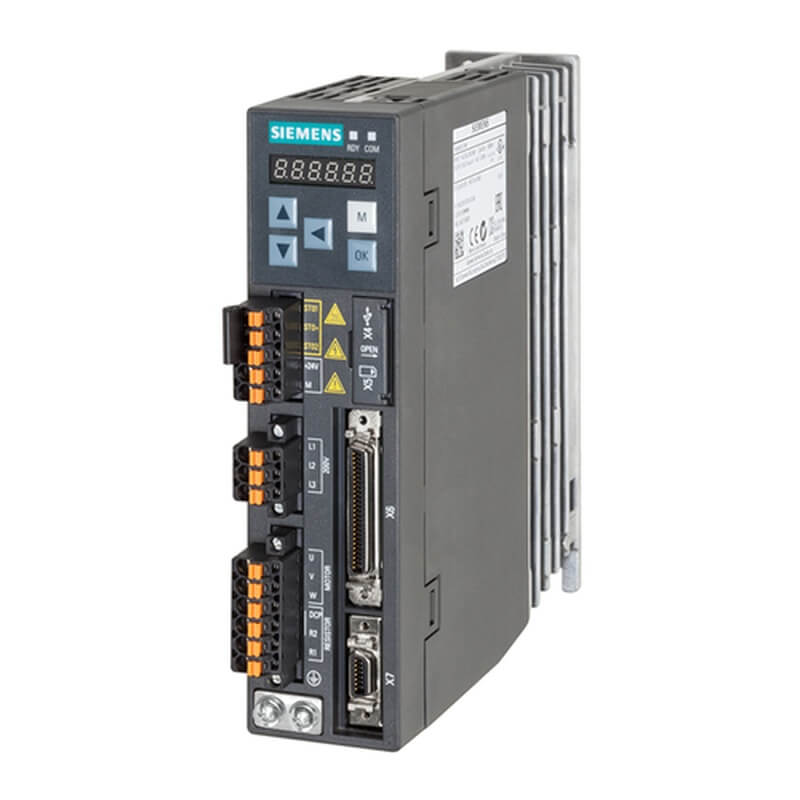
The INVT GD20-0R7G-4 Universal Low Power VFD Drive offers a robust and efficient solution for variable speed control in a wide range of industrial applications. This compact yet powerful drive excels in delivering precise motor management, energy savings, and enhanced operational reliability. Key advantages include its universal compatibility with various motor types, advanced vector control algorithms for superior torque performance, and a user-friendly interface for straightforward setup and operation. Designed for seamless integration, the GD20-0R7G-4 boasts an impressive technical profile, featuring a rated power of 0.75 kW (1 HP), an input voltage range of 380-440V AC (3-phase), and an output voltage of 380V AC. Its maximum output current is 2.5A, and it operates with an IP20 protection rating, suitable for clean industrial environments. The drive supports both V/f control and sensorless vector control, providing flexibility for diverse application needs.
Product Specifications
| Parameter | Specification |
| :-------------------- | :------------------------------------------- |
| Model | GD20-0R7G-4 |
| Rated Power | 0.75 kW / 1 HP |
| Input Voltage | 380-440V AC (3-phase) |
| Output Voltage | 380V AC (3-phase) |
| Rated Output Current | 2.5A |
| Frequency Range | 0-300 Hz |
| Control Method | V/f Control, Sensorless Vector Control |
| Protection Rating | IP20 |
| Mounting Type | Wall/Din Rail Mounting |
| Ambient Temperature | -10°C to +40°C (derating above 40°C) |
| Humidity | Less than 90% RH (non-condensing) |
Core Features & Market Positioning
The INVT GD20-0R7G-4 distinguishes itself in the competitive low-power VFD market through its exceptional performance and versatility. Its advanced sensorless vector control algorithm ensures excellent dynamic response and precise speed regulation, even under fluctuating loads, making it ideal for applications demanding high accuracy. Compared to standard V/f control, this technology significantly improves motor efficiency and torque at low speeds, translating directly into energy savings and reduced operational costs for end-users. The drive's robust design and high-quality components contribute to its reputation for reliability and longevity, positioning it as a cost-effective solution for businesses seeking dependable motor control without compromising on advanced features. Its universal input voltage capability (380-440V) further enhances its market appeal, simplifying inventory management for distributors and offering greater flexibility for international deployments.
Key Application Scenarios
This versatile INVT GD20-0R7G-4 drive finds optimal application in numerous industrial sectors requiring precise and efficient motor speed control. It is particularly well-suited for powering fans, pumps, and general machinery in HVAC systems, water treatment plants, and conveyor belt operations. The drive's ability to deliver high starting torque and maintain stable operation under varying load conditions makes it an excellent choice for automated production lines, packaging machinery, and textile manufacturing equipment. Its compact size and IP20 rating facilitate easy integration into control panels and machine enclosures where space is a consideration, while its energy-saving capabilities contribute to reduced operational expenses in energy-conscious industries.
Practical System Integration Guidance
Integrating the INVT GD20-0R7G-4 into existing systems is streamlined due to its user-friendly design and comprehensive connectivity options. For typical installation, ensure the drive is mounted vertically in a clean, well-ventilated environment, away from excessive dust, moisture, or corrosive substances. Wiring connections should follow the terminal diagrams provided in the user manual, paying close attention to power input (L1, L2, L3), motor output (U, V, W), and control signal grounding. For basic operation, initial parameter setup involves configuring motor data (e.g., rated power, voltage, current, frequency) and selecting the appropriate control mode (V/f or sensorless vector). Advanced users can leverage the drive's programmable digital inputs/outputs and analog inputs for remote control, speed referencing, and fault signaling, enhancing system automation and monitoring capabilities.
Operation and Risk Mitigation
Proper operation of the INVT GD20-0R7G-4 VFD is crucial for maximizing performance and ensuring safety. Always refer to the official user manual for detailed operational procedures and parameter explanations. Before powering up, verify all electrical connections and ensure the motor is correctly wired and properly insulated. During operation, monitor drive temperature and motor performance to detect any anomalies. Critical error codes, such as E.A0, E.A1, E.OC, or E.OS, typically indicate common issues like overload, overcurrent, or communication faults. Addressing these issues promptly by consulting the troubleshooting section of the manual, which often involves checking motor load, adjusting acceleration/deceleration times, or verifying parameter settings, can prevent potential damage and minimize downtime. Always disconnect power before performing any maintenance or troubleshooting.
Scalability & Long-Term Value
The INVT GD20-0R7G-4 provides excellent scalability and long-term value for industrial automation needs. Its compatibility with standard industrial communication protocols (e.g., Modbus RTU) allows for seamless integration into supervisory control and data acquisition (SCADA) systems and industrial internet of things (IIoT) platforms, enabling remote monitoring, diagnostics, and predictive maintenance. This facilitates the creation of smart manufacturing environments where multiple drives can be networked and managed centrally. The drive's robust construction and INVT's commitment to technological advancement ensure that it remains a relevant and reliable component within evolving industrial ecosystems, supporting upgrades and expansions without requiring complete system overhauls.
Frequently Asked Questions (FAQs)
What is the primary function of the INVT GD20-0R7G-4 VFD?
The GD20-0R7G-4 VFD controls the speed and torque of an electric motor. It allows for precise adjustments to motor speed, optimizing performance and reducing energy consumption. This leads to significant cost savings in industrial settings.
This drive enables variable speed operation, unlike traditional fixed-speed motor controls. It enhances operational flexibility and process control across various applications. It is designed for 3-phase motors operating within its power and voltage specifications.
Its core purpose is to improve motor efficiency and extend the lifespan of connected equipment. By precisely matching motor speed to the load demand, it prevents unnecessary wear and tear.
Can the INVT GD20-0R7G-4 drive handle different types of 3-phase motors?
Yes, this drive is designed as a universal VFD. It supports various 3-phase AC induction motors. Its control algorithms are adaptable to different motor characteristics.
It offers both V/f control and sensorless vector control modes. This flexibility allows it to perform exceptionally well with standard induction motors. It can also be configured for specific motor parameters.
Users can configure motor data for optimal performance. This includes voltage, current, frequency, and speed ratings. The drive then adjusts its output accordingly.
What are the typical installation requirements for this VFD?
Install the GD20-0R7G-4 vertically in a clean, dry area. Ensure adequate ventilation around the drive for heat dissipation. Avoid direct sunlight and corrosive atmospheres.
Mounting options include wall or DIN rail installation. Keep sufficient clearance for wiring and airflow. Refer to the manual for specific spacing recommendations.
Protect the drive from dust and moisture, as it has an IP20 rating. Proper installation is key to its longevity and reliable operation.
How can I connect an external potentiometer to control the speed of the GD20-0R7G-4?
Connect the potentiometer to the drive's analog input terminals. Typically, this involves terminals for the potentiometer wiper, and the positive and negative voltage references. Consult the manual for exact terminal numbers.
Set parameter P0.03 to the appropriate value for analog speed reference. Parameter P0.05 may need adjustment to select the correct analog input. Ensure the potentiometer has a suitable resistance range.
Verify the analog input signal within the drive's parameter settings. This confirms that the speed command from the potentiometer is being correctly interpreted by the VFD.
What is the meaning of error code E.OC on the INVT GD20-0R7G-4?
Error code E.OC signifies an output overcurrent fault. The drive has detected that the current flowing to the motor exceeds its safe operating limit. This can happen during startup or under heavy load conditions.
Possible causes include a motor that is too large for the drive, a short circuit in the motor winding or cabling, or excessively rapid acceleration settings. Investigate the motor load and wiring for any issues.
To resolve E.OC, reduce the motor load, check for short circuits, or adjust acceleration/deceleration parameters. Ensure the motor's nameplate data matches the VFD settings.
Does the GD20-0R7G-4 offer built-in protection features?
Yes, the INVT GD20-0R7G-4 includes comprehensive built-in protection features. These safeguard both the drive and the connected motor from potential damage. Key protections include overcurrent, overvoltage, undervoltage, and overload protection.
It also offers motor thermal overload protection, which prevents the motor from overheating. Other protections include phase loss, short circuit, and ground fault detection. These features enhance operational safety and system reliability.
These integrated protections minimize the risk of equipment failure and reduce maintenance costs. They are essential for ensuring consistent and safe operation in demanding industrial environments.
What is the maximum output frequency achievable with this VFD?
The INVT GD20-0R7G-4 VFD can achieve a maximum output frequency of 300 Hz. This allows for high-speed operation of connected motors, catering to applications that require speeds beyond standard mains frequency.
This extended frequency range is particularly useful in applications like high-speed fans or certain machine tools. It provides greater operational flexibility and performance capabilities for specialized tasks.
While 300 Hz is the maximum, it's crucial to ensure the motor and driven equipment are designed for such speeds. Operating beyond motor specifications can lead to premature wear or failure.
How do I reset the INVT GD20-0R7G-4 to factory default settings?
To reset the VFD to factory defaults, navigate to parameter group P15. Locate parameter P15.01, which controls parameter initialization. Set P15.01 to the value '8' (which represents factory reset).
After changing P15.01 to '8', press the Enter key to confirm. The drive will then restore all parameters to their original factory settings. It is advisable to save your current settings before performing a reset.
Note that performing a factory reset will erase all custom configurations. You will need to re-enter motor parameters and other specific settings required for your application.
What is the typical power consumption of the GD20-0R7G-4 when idle or at low load?
The idle power consumption of the GD20-0R7G-4 is minimal. It is designed for energy efficiency even when the motor is running at low speeds or is lightly loaded. Actual consumption depends on internal component losses and control board activity.
At very low loads or when the motor is rotating slowly, the drive's energy usage is significantly reduced. This is a key benefit of variable frequency drives, contributing to overall energy savings in the system.
Precise idle consumption figures are best obtained through direct measurement in a specific setup. However, expect it to be substantially lower than a direct-on-line motor starter.
Can this VFD be used in environments with high ambient temperatures?
The GD20-0R7G-4 is rated for operation up to 40°C without derating. If the ambient temperature exceeds 40°C, the drive's output current capacity must be reduced (derated). The manual provides specific derating curves.
For continuous operation in temperatures above 40°C, it is recommended to apply derating. For instance, at 50°C, the output current capacity might need to be reduced by a certain percentage to prevent overheating and ensure longevity.
In extremely high-temperature environments, forced ventilation or an enclosure with enhanced cooling might be necessary. Always consult the product's technical specifications and environmental ratings for best practices.














